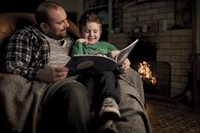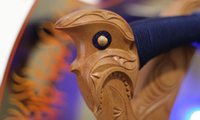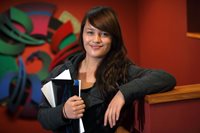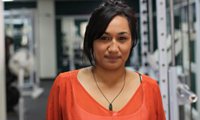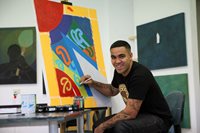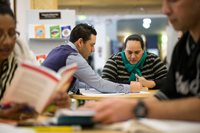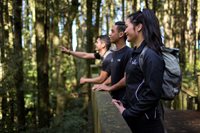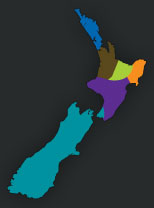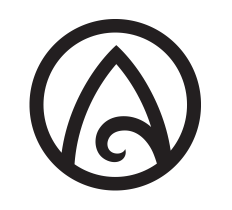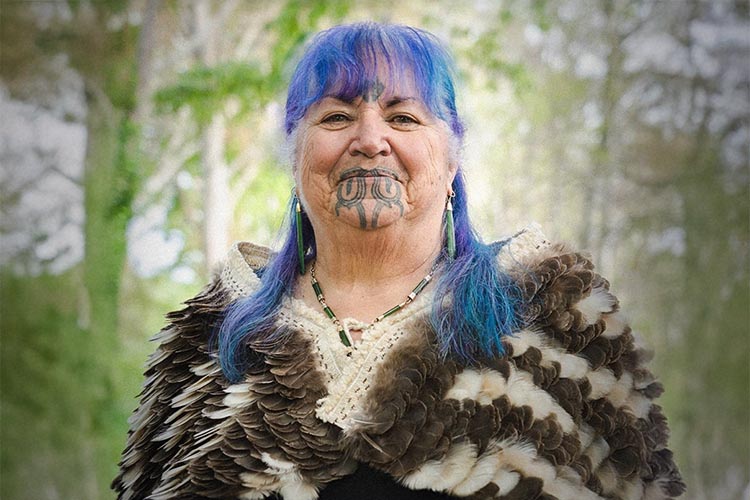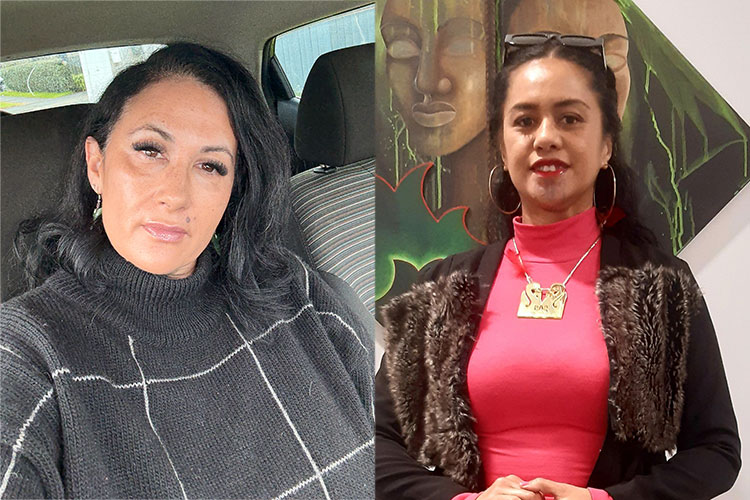People are walking all over Morehu Flutey-Henare’s work, and she couldn’t be happier.
The Ōtautahi raranga kaiako has helped design a stunning series of weaving patterns that are being created in stone and paving on pathways around Christchurch.
In total, the Ngā Whāriki Manaaki project will feature 13 panels set along a pathway through Te Papa Ōtākaro - the Avon River Precinct - in Christchurch.
The panels have been designed by Morehu and fellow raranga expert Reihana Parata and follow a sequence which references the pōwhiri process. Together, they provide a symbolic welcome for people visiting the city.
Each whāriki is about 5m by 5m and is an arrangement of natural stone pavers of different shades and colours.
The first is outside Christchurch Hospital with the final one at Tākaro ā Poi, the Margaret Mahy Family Playground. An interpretation panel will be erected at each site, featuring an image of the design and an explanation of its meaning.
The project is part of a push to ensure mana whenua Ngāi Tūāhuriri identity is visible throughout the rebuilt city.
Each whāriki is linked by a common pattern of three horizontal white zigzags that represent the waters that bring people together.
Morehu says it’s taken a while for the project to get underway and finished, mainly due to the city’s infrastructure challenges and higher rebuild priorities since the 2011 earthquakes.
“We designed them when I was doing my HWH with Te Wānanga o Aotearoa masters in 2013-14 and here we are in 2018 and they’re slowly progressing with the project, with six of 13 panels in place,” she says.
There are plans to have the project completed by March 2019.
Morehu has been weaving since she was a young woman and her work is highly regarded throughout the country. She teaches the Level 5 Toi Paematua – Raranga programme at the Ōtautahi campus of Te Wānanga o Aotearoa, a role she loves.
“The wonderful thing is that in training others, they can then teach others themselves and they can have their own weavers in their whānau. Every family needs its own weaver.

